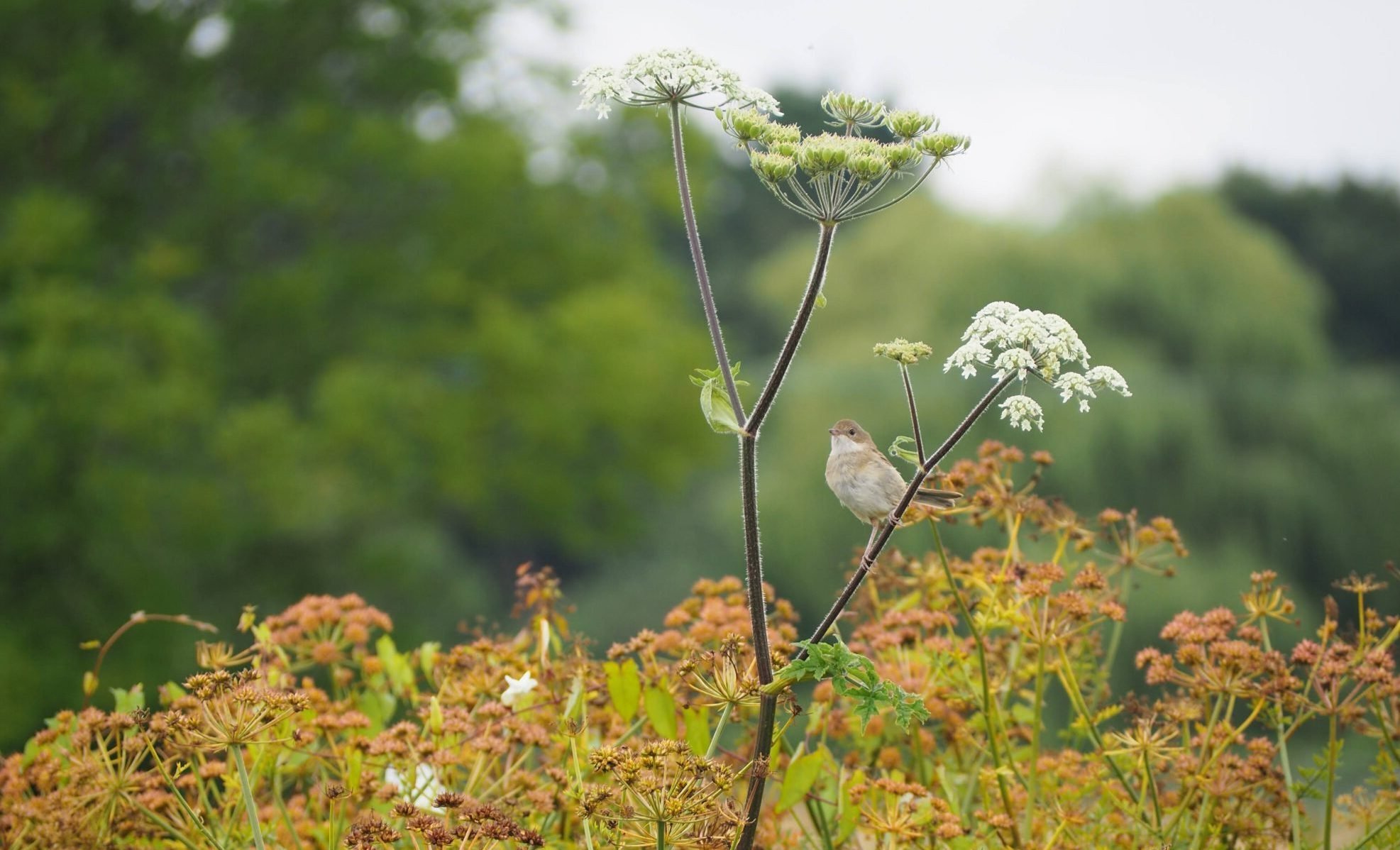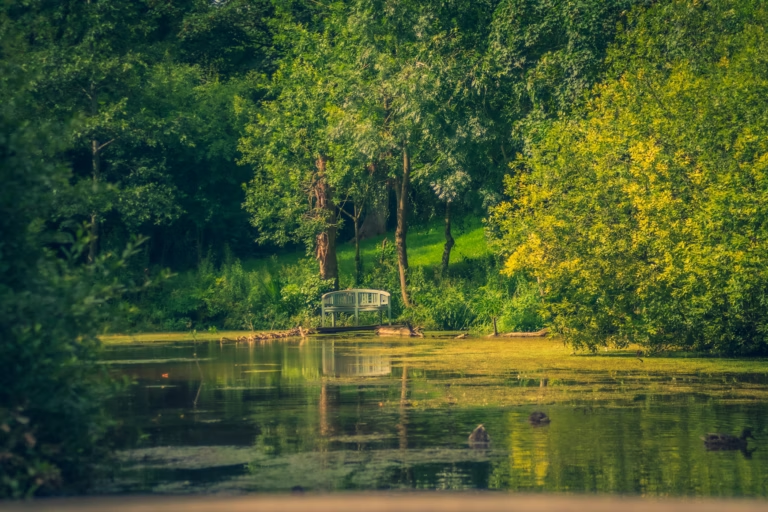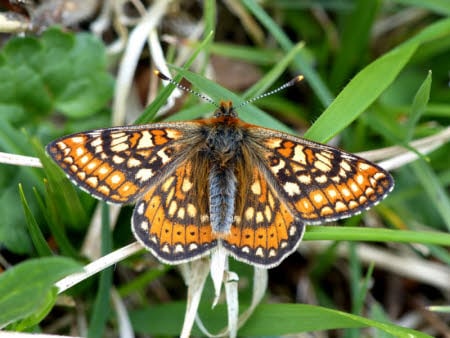Devon is one of the largest and most varied counties in England. We have an incredible variety of wildlife habitats due to factors that include our varied geology, soils and landscapes, our mild climate, our coastal location and how we’ve managed this environment over thousands of years.
Our wildlife habitats range from the heather moorlands, bogs and mires on Dartmoor and Exmoor down through river valleys with remnants of ancient woodlands to our two coastlines with scrubby coastal grasslands, cliffs, rocky shores, dunes and estuaries. Between the moors and the coast we have heaths, woodlands, ancient trees, ponds, flower-rich meadows and mosaics of wet mires, species-rich rush pastures and wet woodlands.
Connecting all these habitats is an amazing network of hedge and watercourse corridors. Across the county, our gardens, parks and other green spaces also provide hugely important wildlife habitats and are places where we can all connect with nature every day.
Habitats such as blanket bogs, heaths, ancient woodlands, Culm grasslands, sea cliffs, dunes, estuaries, reefs and sea caves are internationally important. A number of globally threatened species, such as the European eel and freshwater pearl mussel are found in Devon. Species such as the Lundy cabbage flea beetle and horrid ground weaver spider are not found anywhere else in the world. Devon is also a stronghold for rare species including otters, dormice and greater and lesser horseshoe bats.
However, this strategy is not just about rare species. Much of our wildlife has declined over the last century and an important national target is to halt the decline in species abundance by 2030.
Major habitat losses as a result of development and other land uses have now largely been controlled through legislation and policy. However, most of our remaining habitats are small and fragmented and their value is threatened by a range of issues including invasive species, disease, lighting, pesticides, lack of appropriate management, pollution, climate change and continued fragmentation due to development pressure.
In this section
Devon’s wildlife is described in the Habitats and Species pages which also set out priorities, actions and where actions are most needed.



